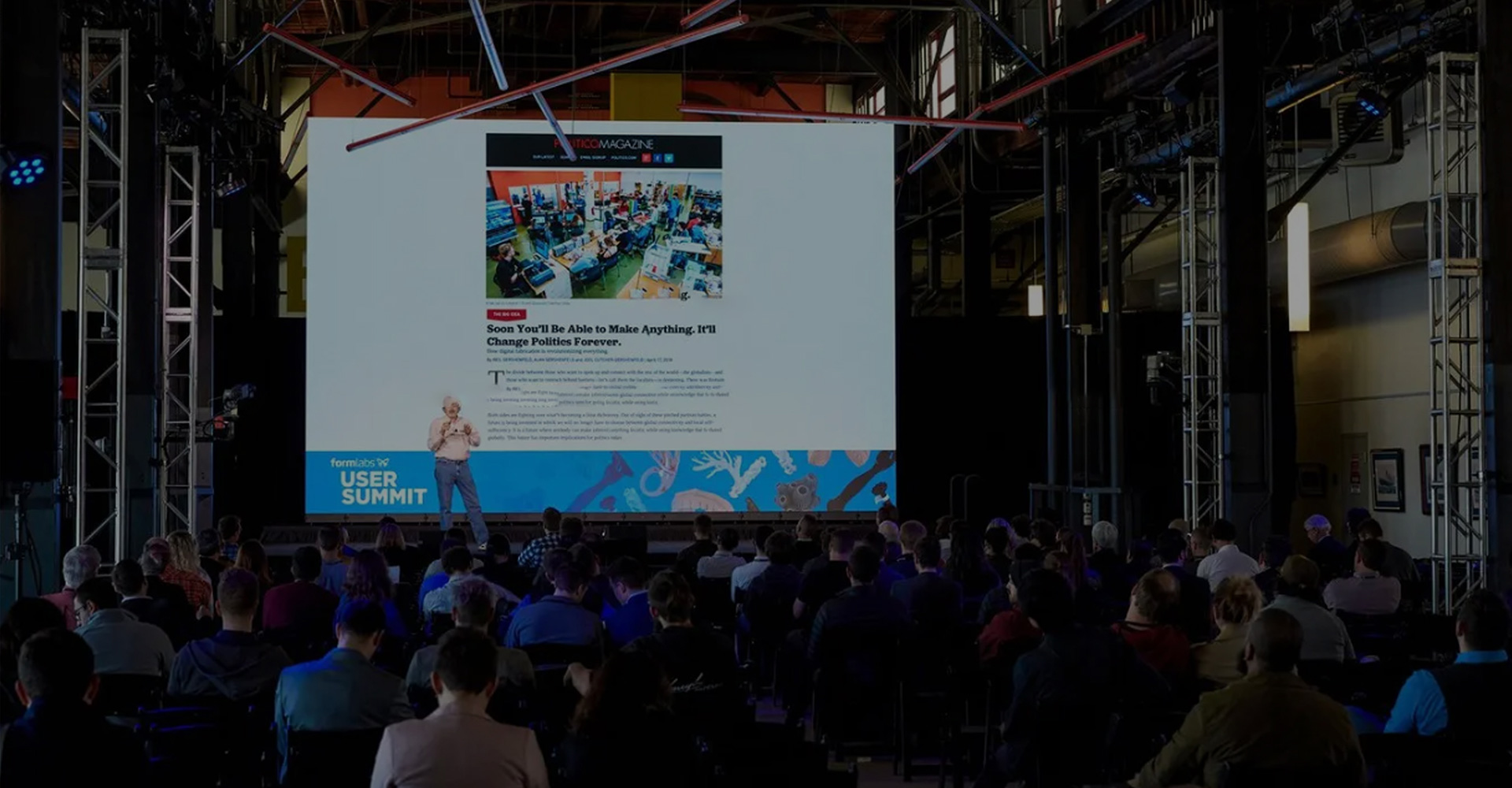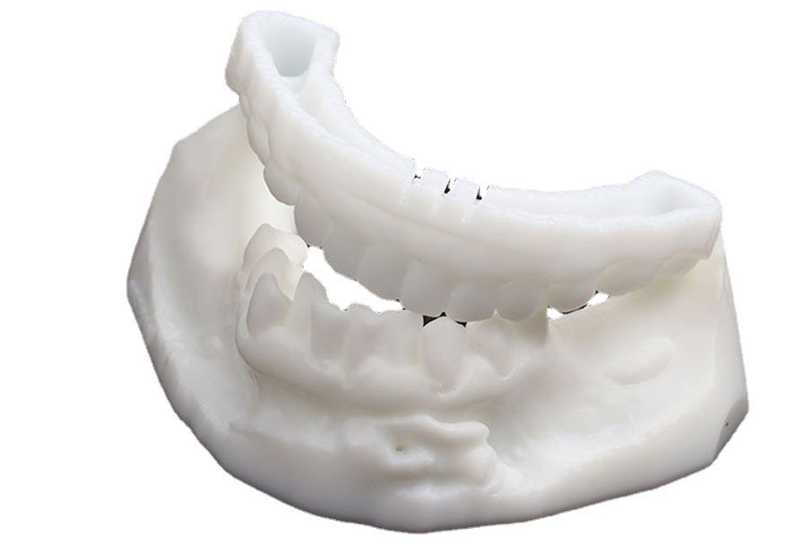
3D printing, also known as additive manufacturing, is a new type of industrial manufacturing technology that breaks through traditional industrial manufacturing. In traditional industrial manufacturing, reducing or equal material manufacturing is commonly used. The following 3D printer manufacturer Hagong 3D through the comparison of these three manufacturing processes to understand the impact of 3D printing (additive manufacturing) on industrial manufacturing.

What is reduced material manufacturing?
Reduction manufacturing is relative to "additive manufacturing", it is the raw material clamps fixed on the equipment, through the cutting tools (tools, abrasives and abrasives) on the blank or workpiece excess material layer cut into chips, so that the workpiece to obtain the specified geometric shape, size and surface quality of the processing method. It is not difficult to understand literally that the material is gradually reduced in the manufacturing process, so it is called reduced material manufacturing. For example, forging and grinding are used in mechanical manufacturing. The advantages of a mature production chain, the operation is relatively simple, the disadvantages of material waste, manufacturing process is difficult, to a certain extent, the consumption will be relatively high such as labor costs.

What is equal material manufacturing?
What is additive manufacturing?
Additive Manufacturing (AM), also known as 3D printing, integrates computer-aided design, material processing and molding techniques, uses software and numerical control systems to combine specialized metal, non-metal and medical biomaterials based on digital model files. According to extrusion, sintering, melting, light curing, spraying and other ways of layer-by-layer accumulation, manufacturing technology to produce solid items.

3D printing It does not need props and molds, using CAD (computer-aided design) software design to establish a three-dimensional model file, and then linked to a printing equipment can quickly manufacture complex structure, high precision parts. 3D printing realizes "free manufacturing", breaking through the limitations of difficult or impossible processing of traditional production technology, and greatly shortening the processing cycle. And the more complex the structure of the product, the more significant the increase in the speed of manufacturing. Additive manufacturing technology has developed rapidly in the past 20 years. The principle of additive manufacturing combines different materials and realization processes to form multiple types of additive manufacturing technology and equipment. At present, there are more than 20 kinds of equipment. Additive manufacturing technology is widely used in consumer electronics, automobile, aerospace, medical, military, geographic information and art design.

With the progress of process, materials and equipment, the application range of additive manufacturing (3D printing) technology is expanding from manufacturing equipment to life products. The "emerging 3D printing technology" can directly manufacture functional parts and daily necessities for people. It can manufacture insulating shell of electronic products, metal structural parts, high-strength plastic parts, labor tools, rubber parts, high-temperature ceramic parts for automobiles and aviation and various metal molds. It can also make daily products such as food, clothing and jewelry. Among them, the direct manufacturing of high performance metal parts is one of the important signs of the development of additive manufacturing technology. In 2002, Germany successfully developed laser selective melting additive manufacturing equipment (SLM), which can form nearly full dense fine metal parts and molds, and its performance can reach the level of homogeneous forgings. At the same time, electron beam melting (EBM), laser near clean forming technology and equipment emerged. These technologies are oriented towards high-end manufacturing fields such as aerospace, weapons and equipment, automobile 1 mold and biomedical, etc., directly forming complex and high-performance metal parts and components, solving some manufacturing problems that are difficult or even impossible to process through traditional manufacturing processes.
+86 19958086067
sales@3dacme.com